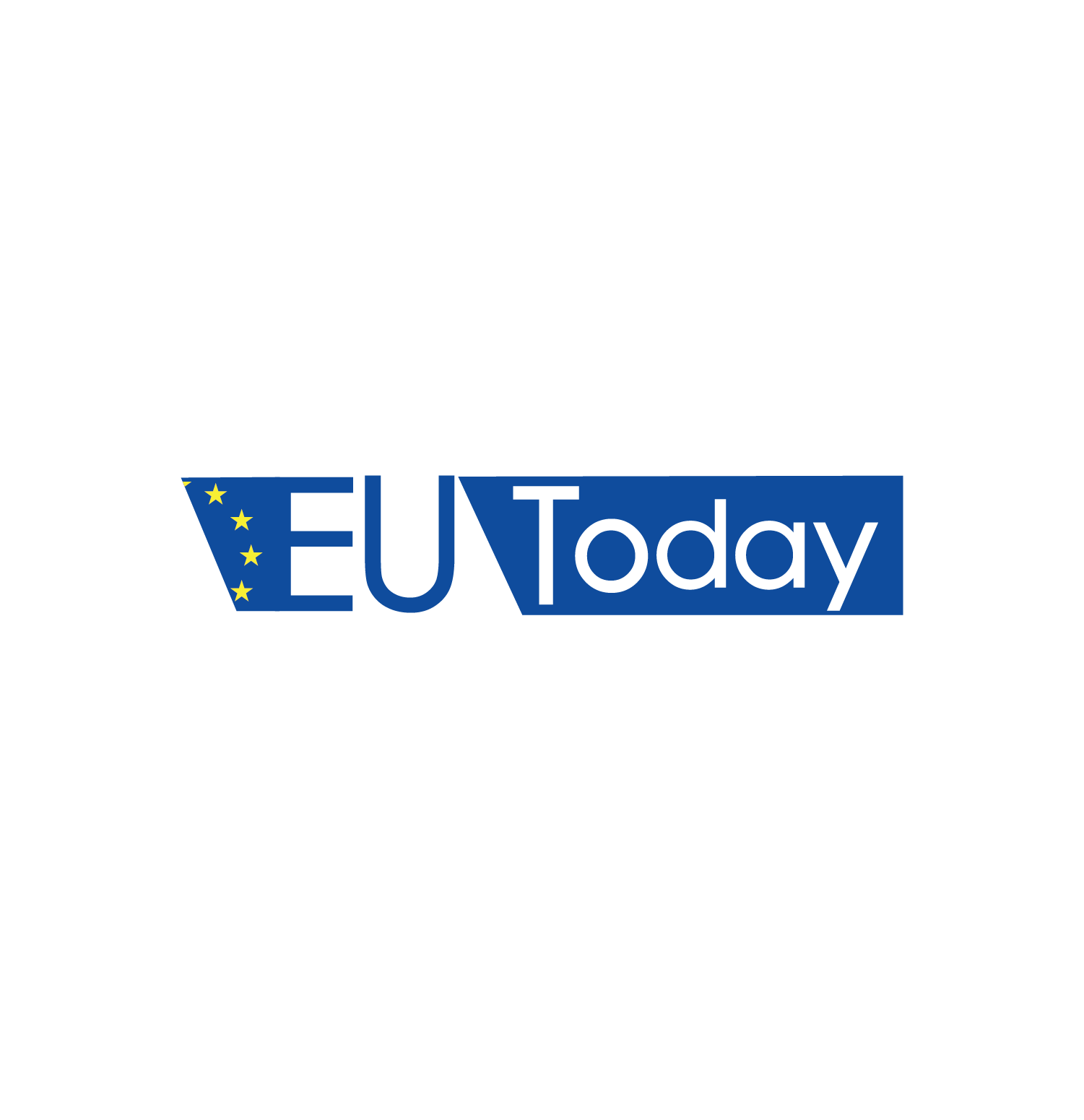With a budget of €79.5 billion between 2021 and 2027, the new Neighbourhood, Development and International Cooperation Instrument – Global Europe (NDICI-Global Europe) covers more than 70% of EU spending for external action.
While the geographical programmes were comprehensively designed, addressing a broad range of partner country needs and EU priorities, the EU auditors stress that their wide scope can limit their impact.
The NDICI-Global Europe programming process consists of preparing and adopting country, regional and thematic multiannual indicative programmes (MIPs) for neighbourhood and non-neighbourhood countries.
By December 2022, the European Commission had adopted MIPs for 102 partner countries, five regions (sub-Saharan Africa, Southern Neighbourhood, Eastern Neighbourhood, Asia/Pacific and Americas and the Caribbean), four thematic programmes and another MIP for the Erasmus+ programme.
Hannu Takkula, the ECA member who led the audit, told this site: “As NDICI-Global Europe Instrument will shape most EU development aid and external cooperation in the coming years, programming it well is crucial to effective delivery and impact.”
Takkula added, “However, it is apparent from our findings that work remains to be done in this area: country envelopes are not calculated rigorously enough, and the programmes lack common indicators to allow progress to be measured.”
The EU’s external action was previously implemented through several tools.
Merging them into one single instrument (NDICI-Global Europe) was supposed to lead to greater coherence, simplify procedures and clarify spending.
But in practice, different methodologies – quantitative for some countries, qualitative for others – are still used to set financial allocations.
According to the EU auditors, this does not contribute to the goals of making the allocation of EU’s external action funds more transparent, consistent, comparable and comprehensive.
The analyses of the partner countries’ situations and their needs – which were discussed with a wide range of stakeholders, from partner-country governments and Member States’ representatives to civil society organisations and representatives from the private sector – were comprehensive, and included key political, economic, social and environmental aspects.
The selected priority areas were broad, which provides flexibility for adapting to unforeseen events, the auditors acknowledge. But this wide scope can also limit the focus of EU funding and undermine its effects.
The MIPs – which were adopted late – also did not ensure that the selected sectors of intervention were those in which EU funding could achieve a high impact.
The EU auditors found that the monitoring framework will not necessarily make it possible to measure actual achievements. Most of the approximately 700 sampled indicators were specific, while inconsistent use of common EU indicators jeopardises performance measurement.
This is all the more true since the auditors also found a lack of underlying evidence for the baseline data and targets.
More than 1 in 5 sampled indicators had either an unclear baseline or none at all, and 1 in 4 had either unclear targets or none at all. In such circumstances, it is barely possible to assess the level of ambition, the auditors conclude.




